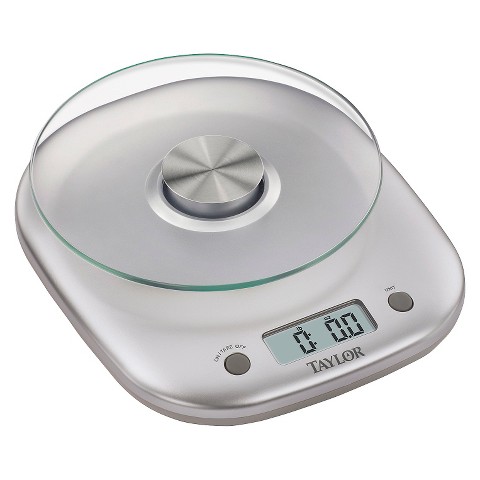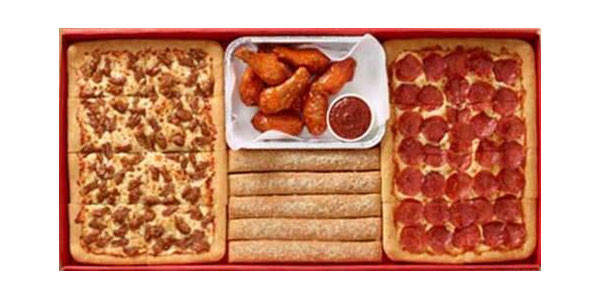I could never count macronutrients – that’s so obsessive!
I need a life!
Some people live and die by the above quote.
I understand it. Macro counting can be an obnoxious chore. As with any fitness related endeavor, you will need to keep a sane, rational mind when you’re trying to log your protein, carbohydrate, and fat grams.
The argument for macro counting is a valid one, though.
I’ll let my friend Nick take this one, though, as I can’t phrase it better myself:

I agree with Nick’s post 100%. Most of our successful online clients track their macros daily. The only ones who don’t are the ones who give it a legit shot, and find it to be unsustainable due to lifestyle considerations.
Tracking your food begs a huge question, though:
What should you do if you’re tracking macros and you’re NOT losing fat?
Nothing could be more frustrating. You’re counting as best as you can, and nothing is happening to your body.
If this describes you, there’s an excellent chance you’re making one of these 5, common errors. They happen more than you think.
So, grab a pen and paper, and see if any of these missteps pertain to you.
Macro Counting Mistake #1: Your tracking estimations are poor.
Using estimations when you are macro counting can make your life simpler and easier.
Our clients are advised to make a few estimations to speed up the process of counting.
A few of these simplifications:
- 1 pound of lean meat = 100 grams of protein
- Disregard “trace macros” (carb/protein grams under 10, and fat grams under 5)
- Eat fibrous veggies at each meal, and don’t track them
While these estimations/simplifications help make life easier, they can also send you too far in the opposite direction.
Occasionally, a client will stall out. We discuss the situation, and they are often estimating poorly.
Sometimes, they are:
- Eyeballing or guessing at what a “pound” is.
- Calling beef or other fattier cuts of meat “lean”.
- Calling avacados or other high-calorie fruit “freebies/fibrous veggies”.
- Eating 5 servings of a food, and disregarding ALL the “trace macros”.
In these situations, we move to a more strict, “weigh your food and track everything” approach.
It will be eye-opening if you do this for the first time. Your consumption is likely much higher in calories than you thought it was if you spend a good amount of time “estimating”.
For the best results, weigh all food. No cups, tablespoons, etc – the scale doesn’t lie in this case.

Macro Counting Mistake #2: Your TDEE is way lower than you think
If you’re setting up your macros by yourself, overestimating your TDEE is one of the most common mistakes out there.
You use a fancy equation to calculate our approximate calorie maintenance, and you get to the part where we multiply our calories by an “activity multiplier”.
Since you are training 3 times per week, you put yourself down as “moderately active”.
Unfortunately, your 45 minute weight training session doesn’t qualify you as “moderately active” if your other 15 hours of the day are spent in an office chair or on the couch.
If you have a normal office job, you are sedentary. That’s a fact – be aware of it.
Side note – Another issue is your underestimation of how much fat you have on your body if using the Katch-McArdle Equation.
If you are interested in having your macros and program set up by a professional who has worked with over 1,500 people, apply for a spot in our fat loss coaching program here.
Macro Counting Mistake #3: You’re only looking at the scale for progress
You’ve diligently counted all your macros for 3 weeks.
The scale hasn’t budged.
That’s all the evidence you need, right? Macro counting “doesn’t work” for you!
Wrong.
Macro counting is simple mathematics. Counting macronutrients is an advanced method of counting calories, and calories matter.
But the scale only tells you what your gravitational pull is for one, exact second in time.
It doesn’t account for:
- Muscular gain
- Water weight/bloat
- Hormonal fluctuations
- Bowel content
- Stomach content
- Cellular glycogen
If you’re counting macronutrients, you need to be tracking body measurements as well – they tell you a much different story.
Spoiler alert: The scale sucks – find another way.
Macro Counting Mistake #4: You’re using calorie burn estimations in your equation
After you have your macro targets created and you’re ready to start burning some fat, sometimes you think you can “add back in” calories to your diet that you have burned off via activity.
Perhaps you add in two cardio sessions per week, you estimate how many calories you’ve burned, and you eat that many more calories in your daily diet.
This is a HUGE mistake.
Calorie burn estimations are wildly inaccurate. Most of the time, they overestimate calorie burn by 100%. This means that you burn roughly HALF of the calories you think you burn.
If you want to incorporate more activity, you need to give it 3-4 weeks, see what happens to your measurements, and then add in extra calories if you can. You also need to keep the intensity, frequency, and duration of your activity constant as you increase your intake.
Tracking food is all about variable manipulation. Without consistent variables, you’re trying to find your way in the dark.
Don’t pay attention to what a quantified self, calorie tracker tells you you’ve burned. The tech is faulty.
Your body doesn’t care one bit what your smartphone says.
Macro Counting Mistake #5: Your binges neutralize your deficit
It’s Friday.
You’ve had a kick-ass, “on point” week.
You wake up on Saturday, and you splurge – juuuuust a little bit on a nice breakfast.
You head out and grab a sandwich for lunch. You don’t feel like making your own food today. You did that for 5 straight days.
Your buddies call you up to dine out for dinner. You head to a restaurant, have a couple drinks (you’ve been good!) and a sensible meal.
After dinner, you head to the pub and have two more drinks. You’re being sensible – you’re barely buzzed.
The next time you take your measurements…………you haven’t made progress.
What gives?
It’s shocking how many calories restaurant food has in it. You don’t need to be a shut-in in order to lose fat, but anything left untracked and “guessed at” can cause problems.

You can dine out. But when you do, you need to save yourself a sizable buffer. Make sure you won’t go over by purposefully overestimating how much you’re going to eat when you’re “off plan” at dinner.
Your “dietary wiggle room” is more a function of your size and caloric needs than anything else. The smaller you are, the less your TDEE is, and the less room you have to mess up.
Sorry, petite females – you really get screwed on this one.
Macro Counting is common, but making huge mistakes with macro counting is sadly, just as common.
There are so many things that you may be doing wrong – your set up could be wrong, your estimations could be wrong, your tracking methods could be wrong…………….there’s a load of variables at play.
In Full Access: Anyman Fitness, we solve all of those variables for you.
We set you up with a proper macronutrient assignment based on your unique metabolism, and we teach you the right way to track your macros and make awesome progress.
For a Free, No Strings Attached, 30-Day Trial, check out how we can help you here.
Yours in shredding,
Jason
